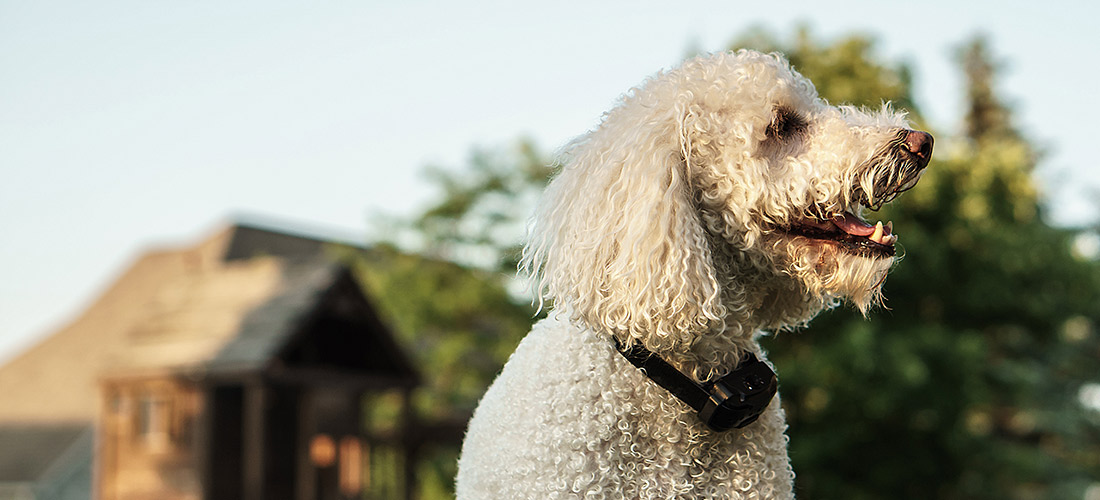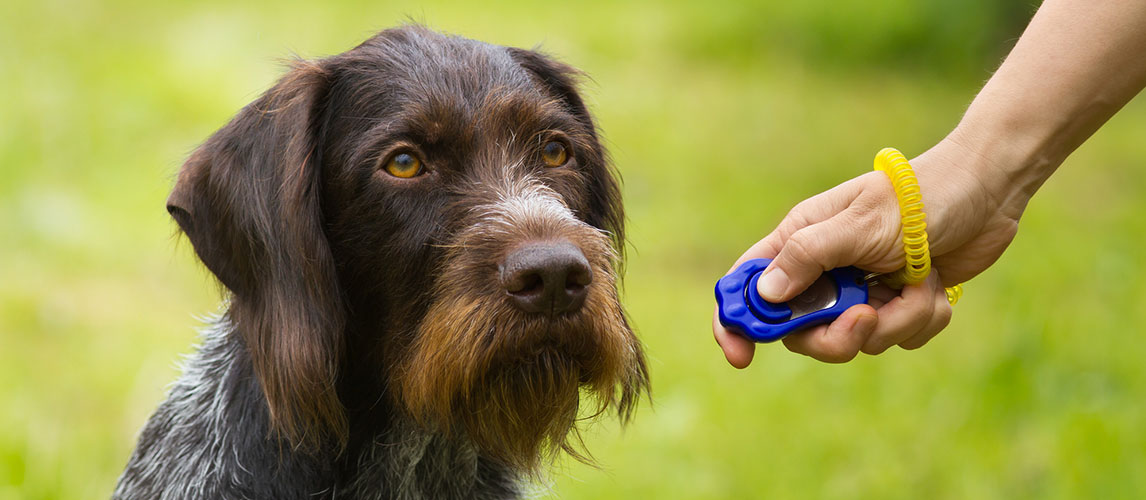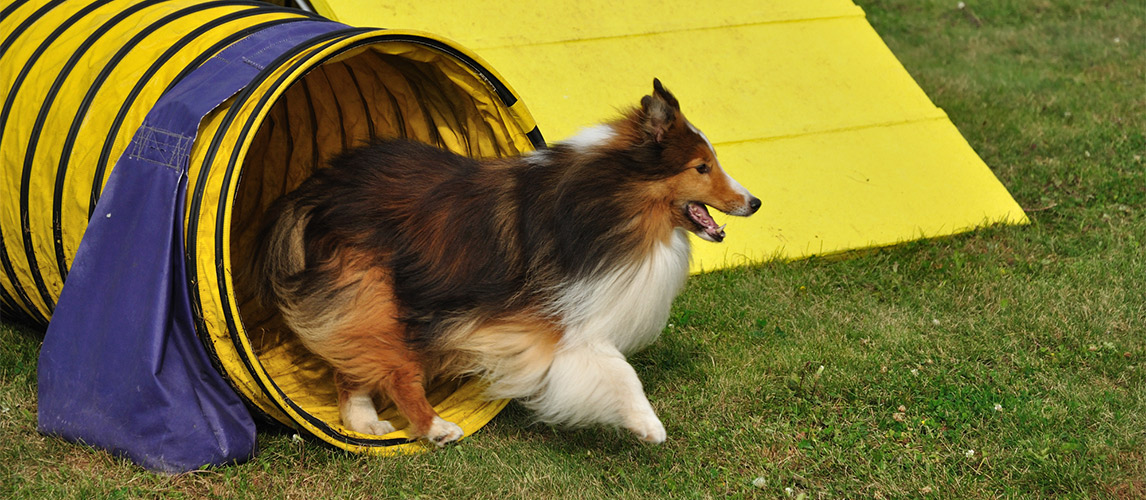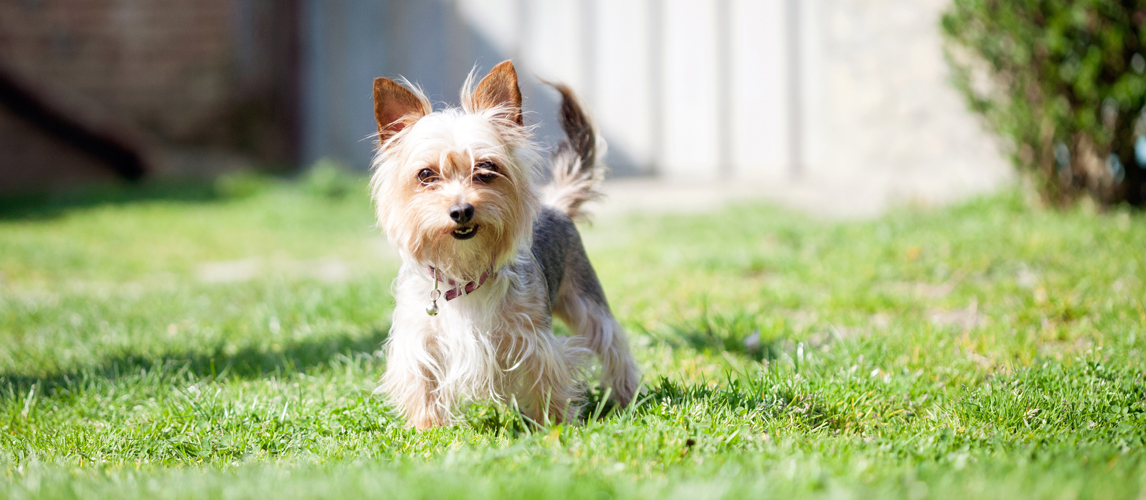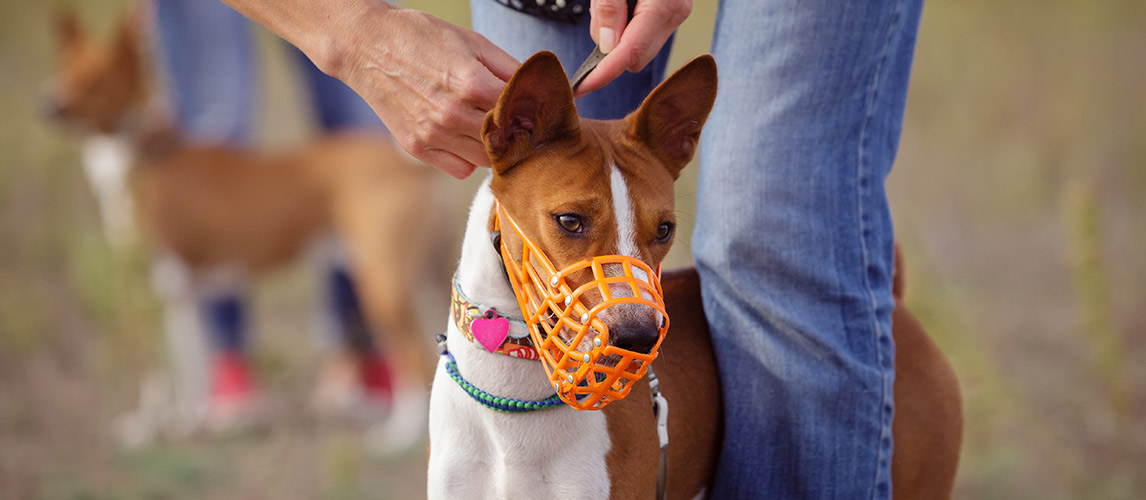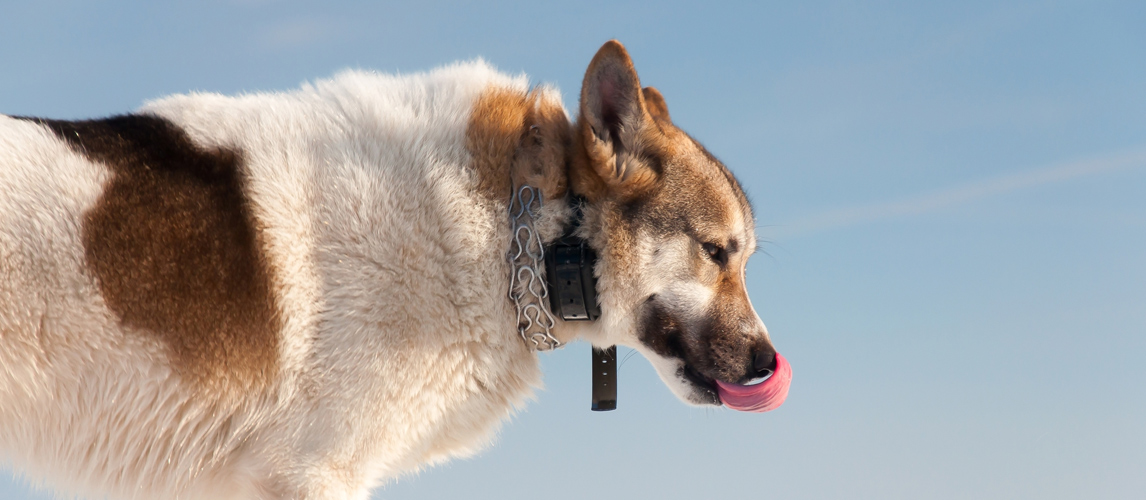Knowing how to train a dog to drop “it” can be one of the trickiest obedience tricks in the book. On the one hand, a dog dropping it means that they get to play with you. On the other hand, it means they have to give up a prized possession. Which they really, really don’t want to do.
However, in lieu of getting a certified professional dog trainer, there’s no harm in working through the training process yourself, before resorting to this. With the right verbal cue and food reward, most dogs will be happy to take part in the new, fun game of dropping it. Regardless of what “it” is.
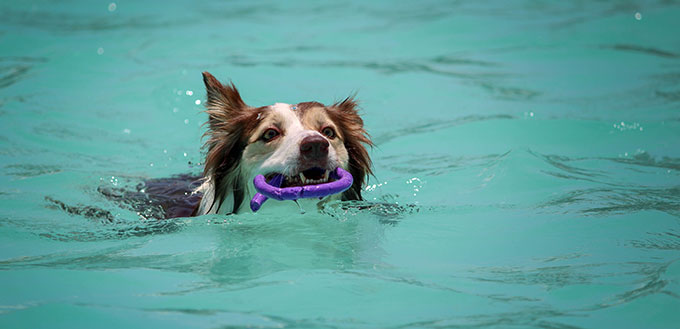
Why Should You Teach a Dog to Drop It
As a rule, your dog understands most of what is considered high and low-value items based entirely on instinct. This means that what your dog is holding isn’t always going to be their favorite toy, but rather different items that can sometimes even be hazardous or dangerous for your dog to hold.
It’s hard to imagine it when you’re looking at your adorable puppies, but sometimes their instinct will overrule common sense when it comes to a dangerous object. Some of the most common reasons as to why you might want to encourage your dog to drop their favorite things include:
Live Animals
Yes, it sounds a little grim, but if you have a breed whose natural instinct is to chase, hunt, catch and fetch, then it’s likely your dog’s nose will jump at the chance to catch live animals. However, as we know, many wild animals will be riddled with problems – ranging from fleas to rabies. As such, it is absolutely essential that your dog drops the animal as soon as possible, if the instinct has overpowered them.
Even if the animal itself isn’t wild, in multi-pet households, a young dog may feel the need to have a play session with smaller animals. As well as knowing how to teach your dog to stop herding or to leave other animals alone, knowing how to drop things can make a huge difference in the overall wellbeing of all the members of your house.
Another Dog’s Toy
While most dogs are perfectly happy playing with each other and sharing their toy, some dogs aren’t so keen on having their personal space invaded. It’s a common mistake for dogs to assume that every other dog wants to play and therefore likely that your dog will accidentally grab the toy of another pup at some point in their life.
However, it’s important for your dog to learn that not all toys are fair game – and training your dog to drop “it” is, therefore, essential to stopping other canine companions from getting angry with your pup. Thus, it is in the interest of your dog that they learn to “leave” and “drop it” when seeing another dog’s toy.
Check out some of our dog toys guides, such as indestructible dog toys, tug toys for dogs, interactive dog toys, dog puzzle toys, and toys for blind dogs.
Your Favorite Things
It’s not just another dog’s toy that is at risk of ending up in your dog’s mouth. Indeed, we all know the stereotype of the dog with a shoe or slipper. In these cases, your dog may treat your favorite items as a second toy, or decide to play tug when you try to retrieve your item.
Of course, sometimes your favorite thing can become a dangerous item, when in the mouth of your dog. Not to mention that your dog can quickly learn that it’s more fun to have you chasing them around the house, than it is to simply drop their new toy.
Human Food
There are a number of items that are fit for human consumption, that can quickly begin to become dangerous when in the mouth of your dog. Chocolate is a great example of this, although there are many different types that can be found around the home. In these cases, you don’t want to waste time encouraging your dog to drop the food – particularly if your dog does a lot of resource guarding, or their behavior changes around food.
Their Treats
Puppies are especially troublesome for this, as they haven’t yet learned or undergone training yet. But treats can be particularly enticing to your dog, and you may find that your pup has found the treat tin or bag. Naturally, eating all of their treats ahead of time means that you not only lose your reward, but your dog can suffer from significant stomach upset, as a result of this. So, you don’t want to wait until your dog has finished eating, before teaching your dog to drop it.
In all of these cases, there is also the risk of further harm down the line, such as choking hazards or cutting their throat/digestive tract. As such, every pet should begin to learn how to drop it – alongside other, important training techniques – as soon as you’re able.
Why Don’t Dogs Drop It?
Of course, not all dogs will have the same reason for not wanting to drop it. Indeed, the reasons for repeat offending behavior can vary, depending on what they have and what your response is. Sometimes, it’s the thrill of the chase, while others may not be keen on dropping food that tastes so good and will so readily slip down their throat.
It’s a Game!
As hard as it might be, chasing your dog as they run around will quickly teach your dog that you’re playing a game with them. Indeed, many owners love to play chase with their dog, since it’s hard not to laugh at their cheek and enjoyment, as your dog’s behavior becomes bouncy.
However, it is important to wait and respond, when you see your dog with something they shouldn’t have. Otherwise, you’ll soon find yourself spread-eagle on the floor, while your dog bounces away, secure in the knowledge that they’ve won.
They’re Possessive
Also referred to as “resource guarding”, some dogs can become incredibly protective of their toy or food. In fact, this is one of the reasons why teaching your dog to drop it is so essential to harmonious home life.
As well as allowing your dog to continue with a potentially dangerous object, a possessive dog is also likely to run away as you reach to grab the object. This, in turn, can lead your dog into dangerous situations – especially if you’re out and about when you notice what’s in their mouth.
They Don’t Know Any Better
For most puppies who have never had any training before, the desire to keep hold of their toy or refusal to drop their toys simply comes from not knowing any better. In these cases, you’ll most likely have a dog that is a half-hearted fetcher.
In other words, they’ll happily go and grab their toys – but don’t understand that they need to drop it, in order for you to play with them, again. Don’t worry – with a bit of practice, the right cue word, and plenty of praise, you’ll soon teach your dog to drop it.
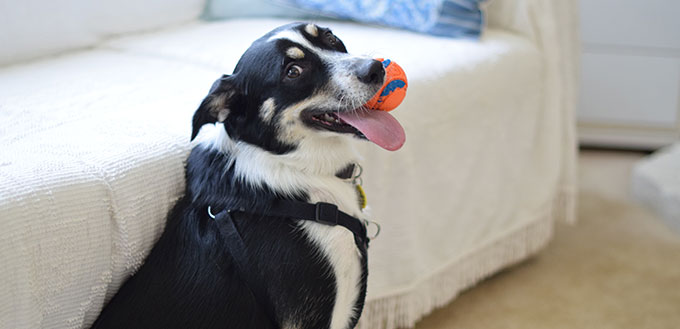
How to Teach Your Dog to Drop It
Since teaching your dog to drop it is one of the first things you’ll be training your dog to master, it should run alongside other training too. As such, learning the right cue, enjoying time with your pup and plenty of positive reinforcement will soon become second nature to you and your dog.
Because of this, we’re giving you two different options, when it comes to best working with the positive association techniques. This is simply because some dogs work better with a food reward, while others prefer a tug toy or simply to play as a reward.
So enjoy these personalized techniques to slowly increase your dog’s awareness and be sure to continue practicing, while working with the right cue and praise. It may take a while to create the best the practice to meet the needs of you and your dog, but the process is always worth it!
Teaching Your Dog the Basics
Before you teach your dog to drop their toys, be sure to use these tips. Designed to teach your family the basics of training, they can be used for much more than simply how to drop toys!
Use the Same Cue Word and/or Hand Signal
The key to any training is teaching all the humans in your life the basics. Everyone in the house should understand the fundamentals of how to teach your dog anything – not just how to drop an item. If there are many people around your dog, they’ll need to learn the right cue and body language. Otherwise, you can easily confuse your dog, which means it will take longer for your dog to learn how to drop something (as well as anything else they’re learning at the time).
One of the most common signals for “drop” is to say “give”, “drop it” or “leave”. Try not to use a specific phrase, as this will allow the cue to work regardless of what’s in their mouth – whether it’s a treat or a toy.
Practice Positive Reinforcement
Whenever your dog does something right, they should receive a reward. Of course, this doesn’t just mean a quick treat. Instead, it requires lots of over-enthusiastic vocals, as you tell your dog they’re a good boy/girl, combined with play and happy body language, too.
Watch your dog, every time you do this, and you’ll see their body language change to mimic yours! When you provide plenty of fun and a strong drop cue, you’ll soon see them register that they’re doing well and following your teaching prompts. Not only does this mean lots of treats, but it shows how well you and your dog are bonding through the training, too.
Always Give Your Dog a Few Seconds Before Responding
It can be really tempting to repeat the phrase over and over until your dog does as you say. However, one of the best tips we can give you is to wait a few seconds between your command and their actions.
Some pups can take a few seconds to register what you’re trying to tell them and if you repeat the phrase over and over, they will learn to only drop the item when you repeat this. Which, understandably, can be very frustrating for both you and your dog, later down the line, when they don’t drop what they have, immediately.
Bonus tip: If you want to avoid those puppy teeth, try a flirt pole toy for training!
Teaching Your Dog to Drop in an Emergency
If you haven’t quite gotten around to nailing the “drop it” technique just yet, but find yourself in an emergency situation such as the examples given above, these simple tips can help.
- If it’s food, do not tug the item from their mouth.
- Similarly, if it’s a live animal, then definitely do not go to tug the animal from their mouth.
- Drop to the floor and act as though you have found something simply fascinating – your dog won’t be able to resist seeing what’s going on.
- If it’s an item from around the house, offer your dog a trade.
- Play with their toy and offer them this in exchange for the item they currently have.
- Offer their favorite gourmet treat.
- Throw their toy and encourage them to fetch it, if you want your dog to drop the item ASAP, as their instincts will usually take over the interest of what’s currently in their mouth.
Teaching Your Dog to Drop Food
Arguably one of the hardest parts of teaching your dog to drop, is when there is food involved. However, it is often more dangerous to wait and see if the object has any effect on their digestion than it is to practice how to drop their newfound treat. If they’ve discovered something on the floor and you aren’t sure what it is, feel free to use the above techniques in an emergency.
However, in most cases, the best way to teach your dog to drop food is with a treat. Ideally, a treat that is large enough for you to hold and pull from their mouth, without needing to put your hand in their mouth.
When your dog is happily working on their chew, tug at their treat and use your verbal cue. As the dog releases the object, give them plenty of praise and let them know they’re being very good in releasing the chew. Then return the treat and let them continue eating.
Repeat this regularly, as it not only teaches your dog to drop their food – but also allows them to understand that you aren’t seeking to take their food away from them. This, in turn, teaches your dog not to resource guard or become protective over their food.
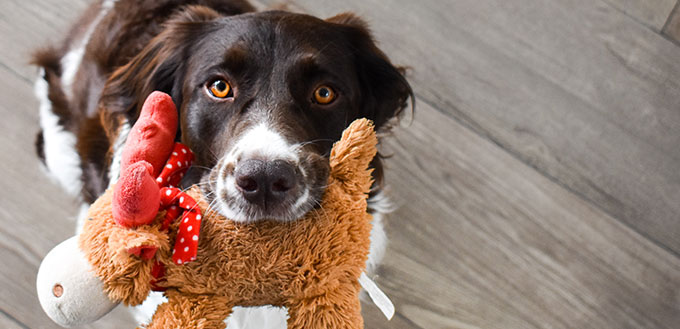
Rewarding with Your Dog’s Toys
Some canine companions respond much better to “drop” training through fun and games. In these cases, it’s best to have two toy options ready and waiting, before you begin. Start by throwing the first toy and let them fetch the item. In this game, however, rather than tug the toy from their mouths when they return, you’re going to use your cue.
Wait for a sign that your dog is looking to drop the item. If your dog doesn’t drop the first toy, then you can use the second toy to entice them into exchanging the item. When they drop the first toy, give them plenty of praise, before using the second toy in exchange.
Once they’ve done this, you can repeat this step and throw the first toy, again. Over time, it will be easier to trade between the first and second toy. Keep using your cue and be sure to provide praise before you trade the toy.
Rewarding Food Motivated Dogs
For those who aren’t as fussed by the lure of a toy, you can use a similar method to the one given above. However, instead of using a toy, you can trade the toy for a dog treat! Just be sure to use plenty of positive behavior when you trade, so your dog knows they’ve done well!


